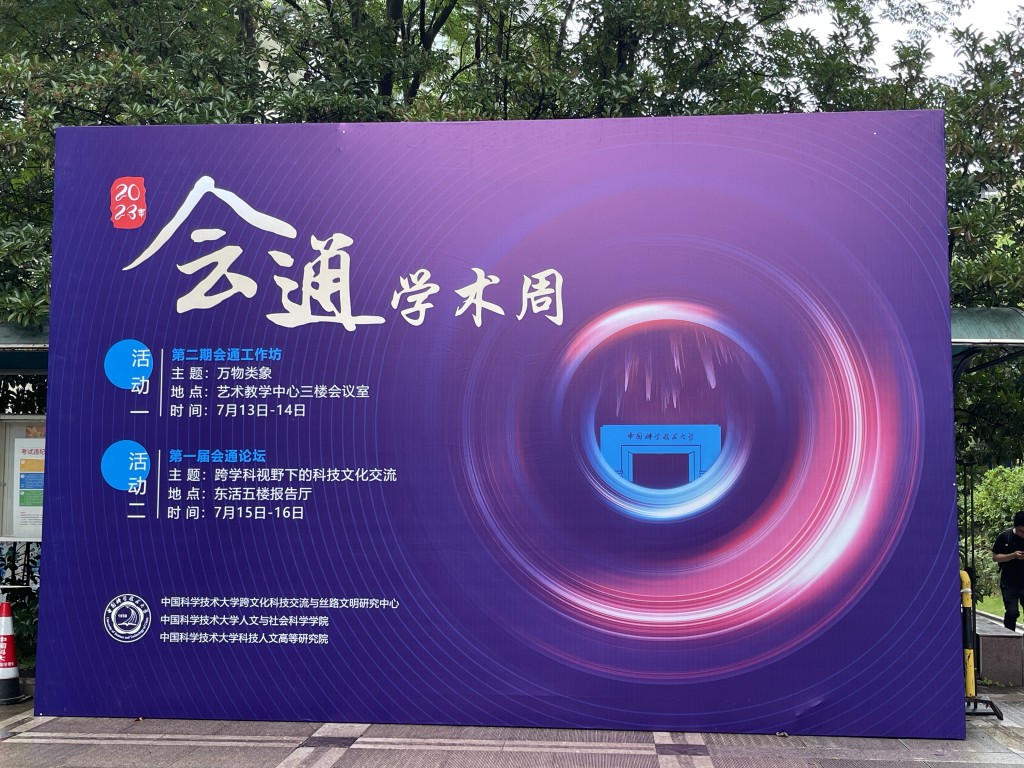July was a very intensive teaching month for me. I was invited to teach two post-graduate courses for the Summer Semester as Visiting Professor at the University of Science and Technology of China (USTC). The two courses are: 1. Introduction to the history of science and technology in ancient China (古代中國科技史入門); 2. Reading Ancient Indian Scientific Literature (古代印度科學文獻導讀). The first one was taught in English while the second in Chinese and Sanskrit. As each course is 40 hours, there were practically classes every day, both in the morning and afternoon. Although the number of students were less than 10 for each class, the Chinese students struck me as very hard-working and dedicated. Some were ambitious enough to do two courses together. The first course was essentially an introduction to Needham’s SCC. For many Mainland students, even at doctoral level, English reading and speaking remain a serious challenge. The students were asked to submit journals daily as a way to boost their English writing and understanding. The second course had an additional Sanskrit language component. I was very fortunate to have a student assistant, Mahāsiddha (許瑞成), to act as tutor to the students. In less than a month, the students went from being able to read basic devanāgarī to reciting a few verses in Sanskrit scientific texts. Quite an achievement, I must say! Notably, the two best Sanskrit students were not those who took both classes. Those who did were utterly exhausted by both the lectures and homework. During my stay at USTC in Hefei, I participated in a two-day conference called 會通論壇 organised by the Dept of History of Science. Professor Shi Yunli 石雲里教授, the Head of the Department, invited me to help to organise the conference next year, bringing in more participation from international scholars. The plan, so far, is to organise an international forum held consecutively in three cities — Quanzhou, Hefei and Xi’an. The first and last were the beginning of the Maritime and Land Silk Roads. It would be an exciting opportunity for scholars, including many from Cambridge and the ones who participated in the NRI–AIIT-FAMES workshop in 2021, as to continue our collaboration. It will be a great opportunity for them to meet their Chinese colleagues and to visit the Chinese archives and museums, as well as their custodians.

- Student presentation (1)
During my stay at USTC in Hefei, I participated in a two-day conference called 會通論壇 organised by the Dept of History of Science. Professor Shi Yunli 石雲里教授, the Head of the Department, invited me to help to organise the conference next year, bringing in more participation from international scholars. The plan, so far, is to organise an international forum held consecutively in three cities — Quanzhou, Hefei and Xi’an. The first and last were the beginning of the Maritime and Land Silk Roads. It would be an exciting opportunity for scholars, including many from Cambridge and the ones who participated in the NRI–AIIT-FAMES workshop in 2021, as to continue our collaboration. It will be a great opportunity for them to meet their Chinese colleagues and to visit the Chinese archives and museums, as well as their custodians.










